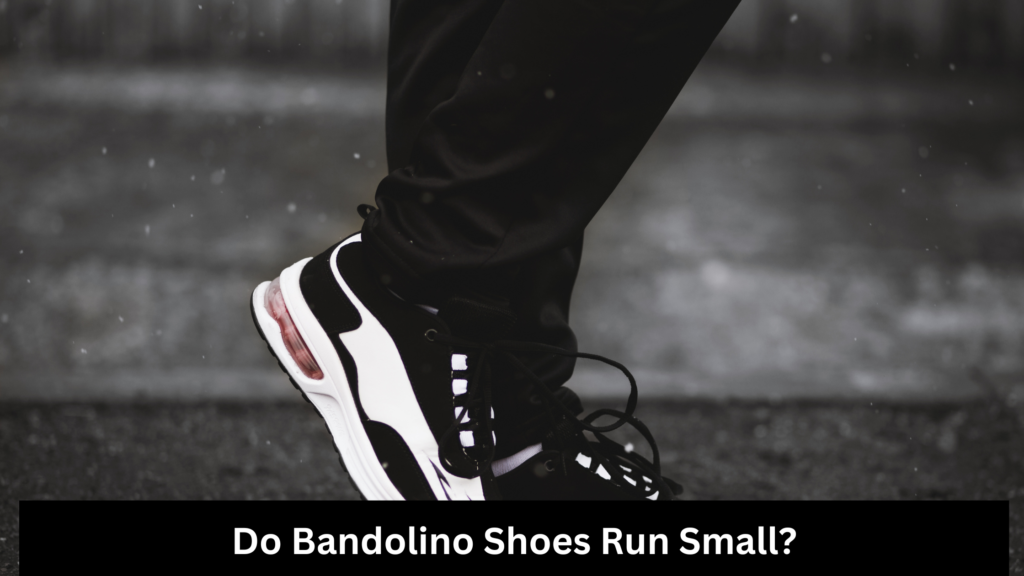When it comes to buying new shoes, finding the right fit is crucial for comfort, performance, and overall satisfaction. For those who are considering SAS shoes but are familiar with Nike sizing, understanding the differences between the two brands is essential. SAS (San Antonio Shoemakers) and Nike are both popular for their unique qualities, but they cater to different markets and have varying sizing standards. This article will provide an in-depth comparison of SAS and Nike shoe sizes, helping you make an informed decision when purchasing your next pair.
Understanding SAS Shoes
SAS Shoes, founded in 1976, is a brand renowned for its commitment to comfort and quality. The company specializes in creating shoes that prioritize foot health, using premium materials and handcrafting techniques. SAS shoes are particularly popular among those who require orthopedic support, as the brand offers a wide range of styles designed for various foot conditions.
SAS shoe sizing is unique because the brand provides a comprehensive selection of widths, from slim to extra wide, ensuring a better fit for individuals with different foot shapes. However, SAS shoes tend to run larger compared to other brands, and customers often need to size down by half a size for the best fit.

Key Features of SAS Shoes:
- Focus on Comfort: SAS shoes are designed with comfort in mind, featuring cushioned insoles, supportive arches, and shock-absorbing outsoles.
- Multiple Width Options: Unlike many brands, SAS offers a variety of width options, catering to narrow and wide feet.
- Durability: Handcrafted with high-quality materials, SAS shoes are built to last, making them a great investment for long-term wear.
- Orthopedic Support: SAS shoes often include features such as removable insoles, which allow for the insertion of custom orthotics.
Understanding Nike Shoes
Nike is a global powerhouse in the athletic footwear industry, known for its innovative designs, cutting-edge technology, and fashionable appeal. Unlike SAS, Nike shoes are primarily geared toward sports and fitness enthusiasts, offering performance-enhancing features across various athletic categories.
Nike shoes generally run true to size but can vary depending on the specific model. For example, Nike’s running shoes may fit differently from their basketball or lifestyle shoes. Additionally, Nike shoes are often designed with a more snug fit to provide better support during physical activity.
Key Features of Nike Shoes:
- Performance-Oriented: Nike shoes are designed to enhance athletic performance, featuring technologies such as Air Max cushioning, Flyknit uppers, and Zoom Air units.
- Style Variety: Nike offers a wide range of styles, from casual sneakers to specialized athletic shoes, making them a versatile choice for different occasions.
- Global Sizing Consistency: Nike maintains a more standardized sizing approach across its global market, though some regional differences may still exist.
- Innovative Design: Nike continuously pushes the boundaries of design and technology, making their shoes both functional and fashionable.
SAS vs. Nike Sizing: What You Need to Know
When comparing SAS and Nike shoes, it’s important to note that the two brands cater to different consumer needs, which influences their sizing standards.
Length and Width Differences
As mentioned earlier, SAS shoes typically run larger than Nike shoes. This means that if you’re used to wearing Nike, you might need to size down when purchasing SAS shoes. For example, if you wear a size 10 in Nike, you might find that a size 9.5 in SAS fits better.
Width is another key consideration. SAS offers a more extensive range of widths, which is beneficial for those with narrow or wide feet. In contrast, Nike shoes are generally available in standard width, with some models offering a wide or extra-wide option. This can be a significant factor for individuals with specific width requirements.

Fit and Comfort
Fit is subjective and can vary based on personal preference and the type of shoe. SAS shoes are known for their generous fit, with ample space in the toe box and a generally roomier feel. This can be advantageous for those with foot issues such as bunions or hammer toes.
On the other hand, Nike shoes often have a snugger fit, especially in their performance-oriented models. This design is intentional, providing better foot containment and support during athletic activities. If you prefer a tighter fit, Nike may be more aligned with your needs, but if comfort and space are your top priorities, SAS could be the better choice.
Shoe Construction and Materials
The materials used in SAS and Nike shoes also contribute to the fit and sizing differences. SAS shoes are made with high-quality leather, which tends to be more forgiving and molds to the foot over time. Leather shoes can stretch slightly, which may result in a looser fit after prolonged wear.
Nike shoes, however, are often made with synthetic materials, mesh, or knit fabrics that provide a more structured fit. These materials are less likely to stretch, which means the fit remains consistent throughout the shoe’s lifespan. Additionally, Nike’s use of advanced cushioning systems can affect how the shoe fits and feels underfoot, particularly in models designed for specific sports.
Tips for Finding the Right Fit
To ensure that you get the best fit when transitioning between SAS and Nike shoes, consider the following tips:
1. Measure Your Feet:
Always start by measuring your feet at the end of the day when they are at their largest. This will give you an accurate baseline for comparing sizes between different brands.
2. Try Shoes On:
If possible, try on both SAS and Nike shoes in-store to feel the differences in fit and comfort. Walking around in the shoes can help you determine if you need to adjust your size.
3. Consider the Purpose:
Think about the primary use of the shoes. If you’re looking for athletic performance, Nike may be the better choice, while SAS might be more suitable for everyday comfort and support.
4. Consult Size Charts:
Both SAS and Nike provide size charts on their websites. Compare your measurements with the charts to determine the best size, keeping in mind that you may need to size down for SAS shoes.
5. Read Reviews:
Customer reviews can provide valuable insights into the fit and sizing of specific models. Look for feedback from individuals with similar foot shapes or sizing concerns.
Conclusion
When it comes to sizing, SAS and Nike shoes have distinct differences that can significantly impact your buying decision. SAS shoes are known for their larger fit and extensive width options, making them ideal for those seeking comfort and support. Nike shoes, on the other hand, are designed with a more standardized fit, focusing on performance and style. By understanding these differences and considering your specific needs, you can make an informed choice that ensures both comfort and satisfaction.

Hello, I am Natasha Rose. I am the founder of the website Best Running Shoes. I am from California, USA. I am a professional shoe analyzer and an employee in a shoe showroom. I like to provide information about all types of shoes.


